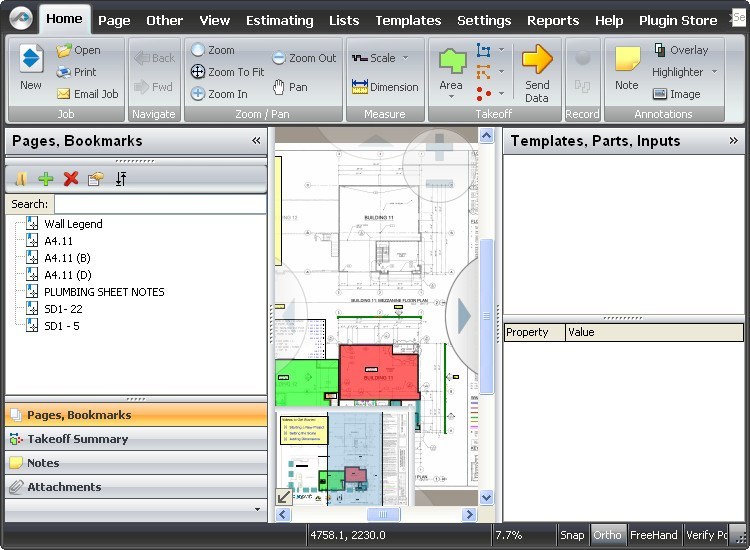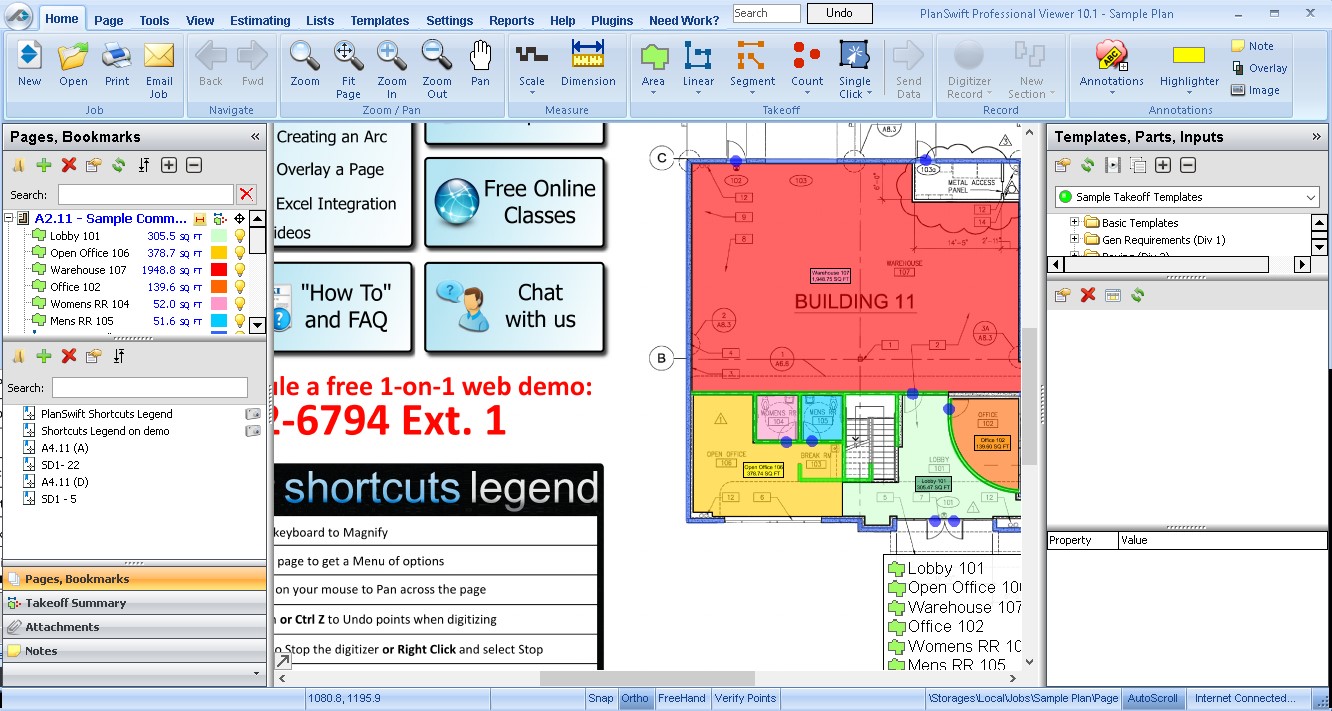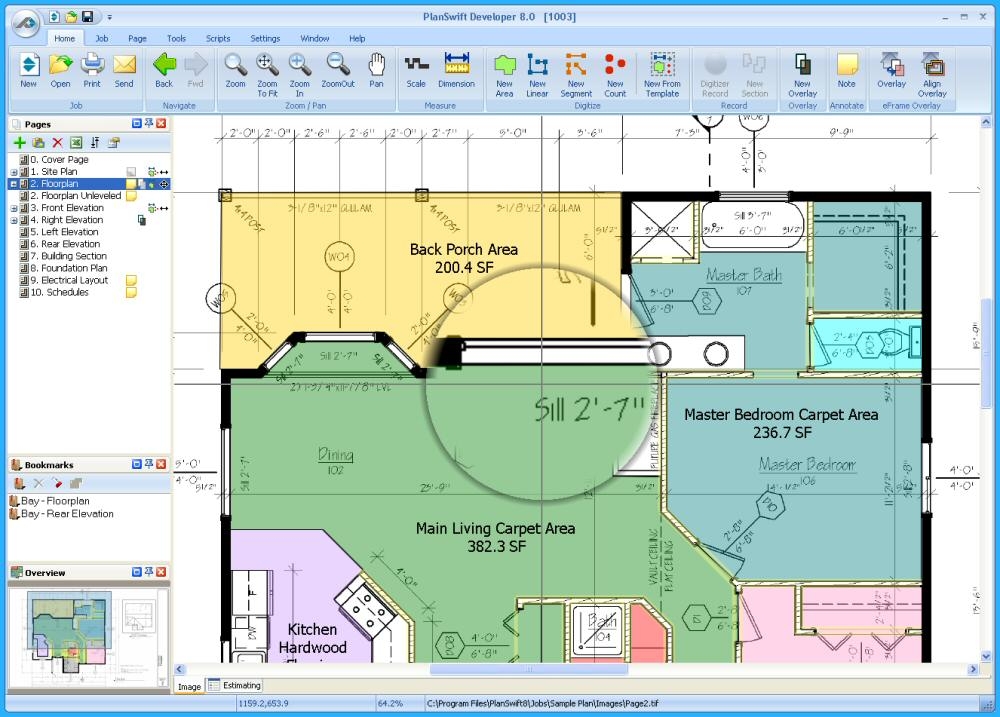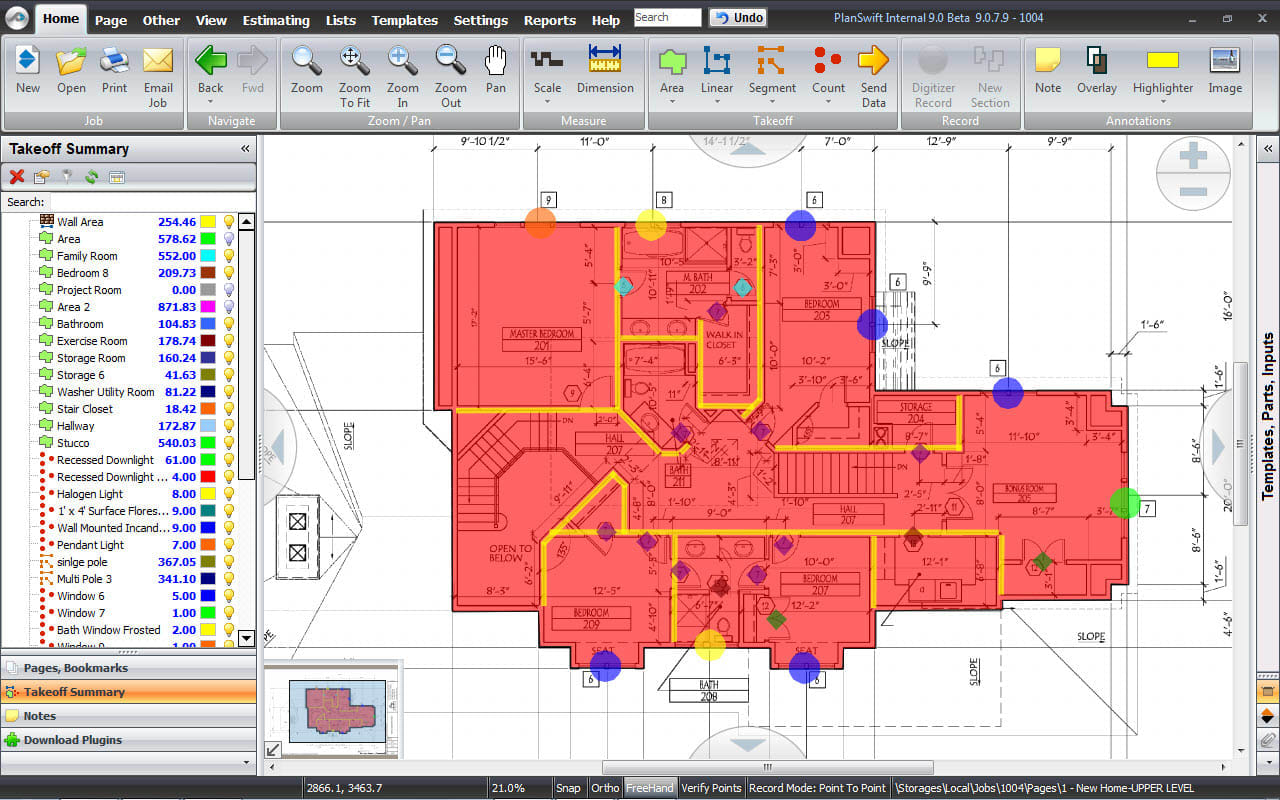

This is where the bidding process begins. Once the plans have been finalized, the project owner must find contractors to actually build out the designs, and at a fair price too. Typically, a project sponsor or business owner will work with a team of engineers, architects, and designers to create blueprints for their building or infrastructure project. The Bidding Processīefore a large construction project ever breaks ground, there is an enormous amount of planning that goes into it. To appreciate all of the intricacies of performing takeoff, it helps to first understand where it fits into the bidding process. Quantity takeoff is just one step of many in the construction project bidding process. Watch Demo Understanding Construction Takeoff
#PLANSWIFT PRICE SOFTWARE#
If you’re already knowledgeable and just want to see the top products, here’s a short list of our picks for the best construction takeoff software (including the best free takeoff software): Lastly, we provide detailed reviews of the best products in the market for each purpose. Starting with an overview of the process, we will then cover all the ways this technology can help and what to look for when comparing software providers. This guide will cover the products that contractors and tradesmen can use to speed up and optimize the takeoff process. Fortunately for the modern contractor, companies have created takeoff software to simplify and improve this process. Traditionally, contractors performed quantity takeoff by hand using printed plans, rulers, calculators, and pencils. However, the process of generating the takeoff data-pulling this detailed information from project plans-can be a very time-consuming process for contractors. That information is then used in cost estimates, project proposals, and supply order forms. Contractors and project managers use blueprints to calculate the quantity and dimensions of materials and supplies needed for the project.

This is how you would set up and connect an Access List in PlanSwift. The resulting column will represent what the property you are currently editing will show, and if you have any additional columns with the same name as the item's properties you can choose to have those set as well.

Once you have selected the table of your Access DB that you want to use, you can proceed to tell it what columns you want to be viewable and which properties to set. Here, you'll want to have the price for each item, so that if you choose an item from the drop-down, it will change the numbering in your "Cost Each" property (we'll get to that in a second).ħ. Next, you are going to add properties for each drop-down item listed. In the Edit Property, which is made accessible by adding a property, you will want to have your list for the drop-down menu:Ħ. Select the property inside of the item you want to edit and double click on it (this property is usually either Name or Item #, something that will uniquely identify the item in your list that you're trying to select).

Once you have your Database connected and coming up, you can now go into the Advanced properties of an item by right-clicking on the item you want to connect your database to and going to Properties then clicking Advanced.ĥ. Once You have your Browse window you can browse to the location of your Access Database and select it.Ĥ. Click the button on the right-hand side and it will bring up your Browse window. Click on List from MS Access Tables and click Next.ģ. Once you have PlanSwift loaded you can go to the Lists tab and click on New list to create a list.Ģ. The following are the steps to create and connect to a List:ġ.


 0 kommentar(er)
0 kommentar(er)
